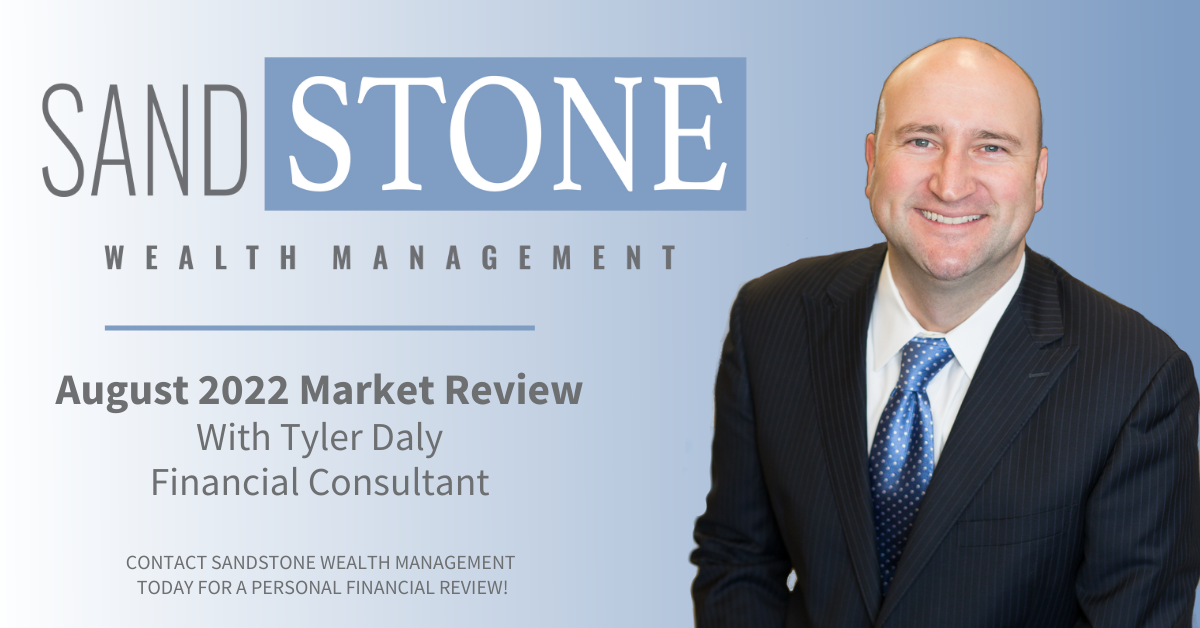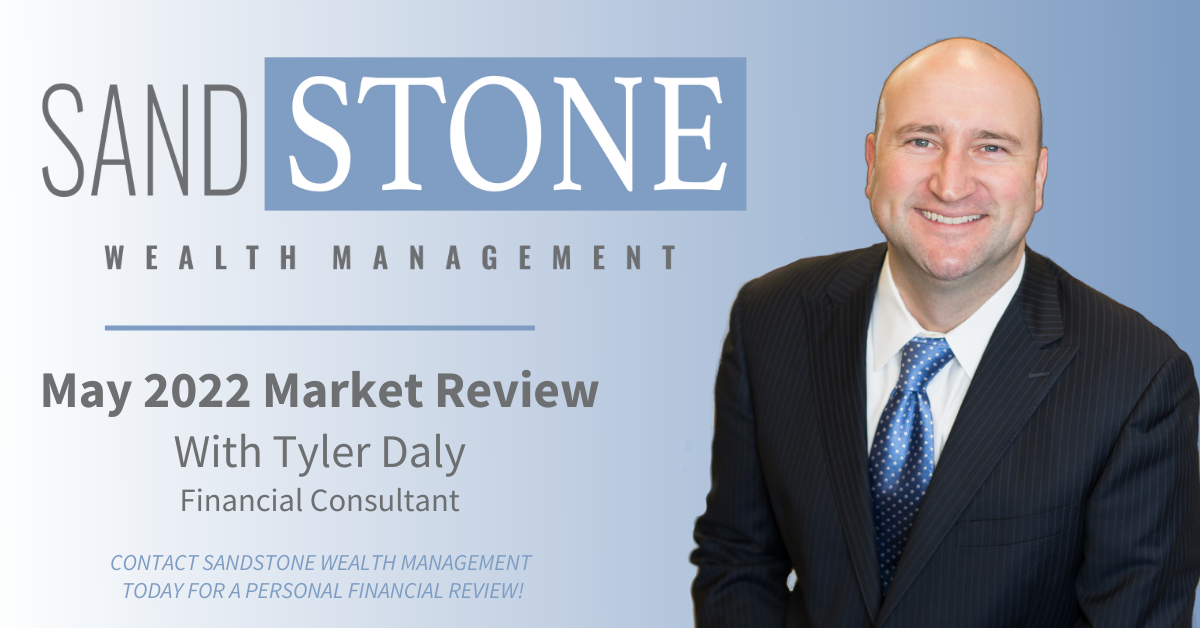
May’s equity markets continued the upward trend, though less exuberantly than in prior months. Driving market indecision were the three I’s: immunity, inflation and infrastructure, says Raymond James Chief Investment Officer Larry Adam. The push and pull of backward-looking economic data combined with forward-looking projections led to some volatility.
While vaccinations (immunity) are on pace and mask mandates are loosening, questions remain about the efficacy against variants, the potential need for booster shots, and what may happen when the weather begins to cool again. Inflation remains at the top of investors’ minds as the Consumer Price Index (CPI) climbed 4.2% year-over-year in April. The Federal Reserve views higher inflation as transitory, reflecting a rebound from the low inflation of a year ago and bottleneck pressures as the economy restarts. In contrast to the previous era where the Fed would act preemptively, officials now want to see greater improvement in labor market conditions before raising short-term interest rates. However, if a further rise in inflation expectations is sustained, the Fed could tighten monetary policy sooner than expected. The outlook for economic growth remains strong, but labor market frictions are likely to be more intense than in a typical recovery.
Talks in D.C. around infrastructure – its definition and how to pay for it – remain at the forefront, although there’s no clarity yet as bipartisan negotiations remain deadlocked. A summer of debate increases the likelihood of a deal by fall, thought to be in the $2-$3 trillion range with pared-back adjustments to corporate and capital gains rates, suggests Washington Policy Analyst Ed Mills.
Let’s review where we are so far this year:
|
|
12/31/20 Close |
5/28/21 Close |
Change |
% Gain/Loss Year to Date |
|
|
DJIA |
30,606.48 |
34,529.45 |
+3,922.97 |
+12.82% |
|
|
NASDAQ |
12,888.28 |
13,748.74 |
+860.46 |
+6.68% |
|
|
S&P 500 |
3,756.07 |
4,204.11 |
+448.04 |
+11.93% |
|
|
MSCI EAFE |
2,147.53 |
2,334.00 |
+186.47 |
+8.68% |
|
|
Russell 2000 |
1,974.86 |
2,268.97 |
+294.11 |
+14.89% |
|
|
Bloomberg Barclays Aggregate Bond |
2,392.02 |
2,337.22 |
-54.80 |
-2.29% |
|
|
|
Performance reflects price returns as of market close on May 28, 2021. MSCI EAFE and the Bloomberg Barclays Aggregate Bond figures reflect May 31, 2021, closing values. |
||||
Economy ramping up
April’s rise in CPI reflects a rebound in prices that were repressed during last year’s lockdowns and restart pressures, which should fade in a few months. Supply chain bottlenecks and materials shortages are expected during economic recovery. They are more intense than usual now given the speed of economic recovery, spurred by fiscal stimulus and the rapid distribution of vaccines, according to Chief Economist Scott Brown. Supply chains should improve over time, but current issues may not be resolved quickly and could add to inflation expectations.
Overseas
Strong improvement in management of the COVID-19 crisis across Europe helped push equity indices up during the month, aided further by an appreciation of both the euro and the British pound. There is still region-wide anticipation of pan-European holidays this summer, which will help the region’s economy as 2021 progresses, explains European Strategist Chris Bailey. The Chinese yuan rose to a three-year-high against the dollar during May. China’s stock market rose to levels last seen in March, although many other markets in Asia and the emerging markets struggled during the month.
On bonds
Treasury yields remained range-bound, as they have for the past several months; the overall trend was a move slightly lower, although within a fairly tight range. Intermediate and longer-term corporate bonds sat on the steepest part of the yield curve, offering investors incremental yield for longer duration. Longer maturities (in the 6-to-15-year range) among municipals also seem to offer better value.
The bottom line
The economic recovery remains robust, with added momentum from fiscal and monetary support. Rising inflation and volatility remain concerns, however the positives outweigh the potential negatives, according to Joey Madere, senior portfolio analyst of Equity Portfolio & Technical Strategy.
As mentioned last month, pullbacks and volatility are to be expected in the normal course of investing, especially during times of economic recovery. Those ready to put cash to work may want to consider any weakness as an opportunity to thoughtfully add to strategic positions in areas exposed to recovery efforts.
As always, I send warm thoughts to you and yours. Thank you for your continued confidence in me. I’ll be sure to keep my eyes on the markets and relate anything of relevance. If you have any questions, please reach out at your convenience.
Material prepared by Raymond James for use by its advisors.

Tyler has been in the financial services industry since 2004 and with Sandstone Wealth Management and Heartland Bank since 2009. He is Series 7, 66 and Insurance licensed to assist his clients with all their investing, financial planning, and insurance needs. Tyler was recently named to the Forbes List of America's Top Next-Generation Wealth Advisor, which recognizes advisors from national, regional, and independent firms. Tyler graduated from the University of Nebraska-Lincoln with a Bachelor’s Degree in Diversified Agriculture and was born and raised in the Nebraska Sandhills. This gives him an intimate knowledge and understanding of his farming and ranching clients. Tyler is married to Rachel, who earned her Doctorate of Pharmacy from the University of Nebraska. They have two children, Camilla and Cooper. Away from business, he enjoys officiating high school basketball in the winter as well as golfing and team roping in the summer.


.png)

.jpg)

.jpg)

.png)


